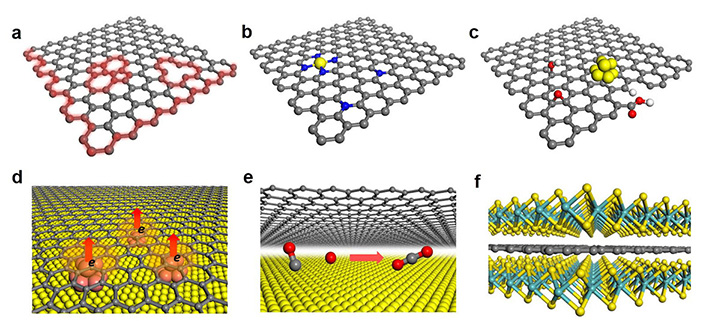The research on catalysis over two-dimensional (2D) materials has received a wide attention in the field of catalysis and materials.Just recently, a review paper, entitled “Catalysis with two-dimensional materials and their heterostructures” was published on Nature Nanotechnology(Nat. Nanotech. 2016, 11, 218–230) by the group members, Prof. Dehui Deng, Prof. Qiang Fu and Prof. Xinhe Bao, together with Prof. Kostya Novoselov in University of Manchester, UK, and Prof. Zhongqun Tian and Prof. Nanfeng Zheng in Xiamen University.

Graphene and other 2D atomic crystals are of considerable interest in catalysis because of their unique structural and electronic properties. Over the past decade, the materials have been used in a variety of reactions, including the oxygen reduction reaction, water splitting and CO2 activation, and have been shown to exhibit a range of catalytic mechanisms. Here, the paper reviews recent advances in the use of graphene and other 2D materials in catalytic applications, focusing in particular on the catalytic activity of heterogeneous systems such as 2D materials encapsulated metals, 2D materials on the metal surface, and van der Waals heterostructures (stacks of several 2D crystals). The paper discusses the advantages of these materials for catalysis and the different routes available to tune their electronic states and active sites. The paper also explores the future opportunities of these catalytic materials and the challenges they face in terms of both fundamental understanding and the development of industrial applications.
These works are supported by National Natural Science Foundation of China, Strategic Priority Research Program of the Chinese Academy of Sciences, and Collaborative Innovation Center of Chemistry for Energy Materials. (2011. iChEM)
Link:http://www.dicp.cas.cn/xwdt/kyjz/201811/t20181119_5187634.html